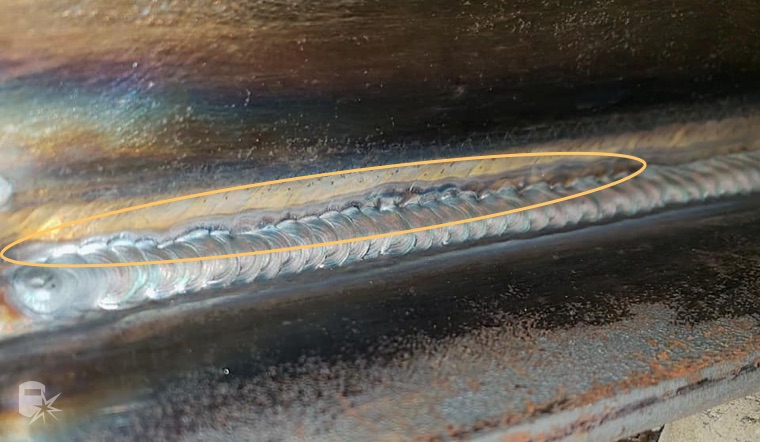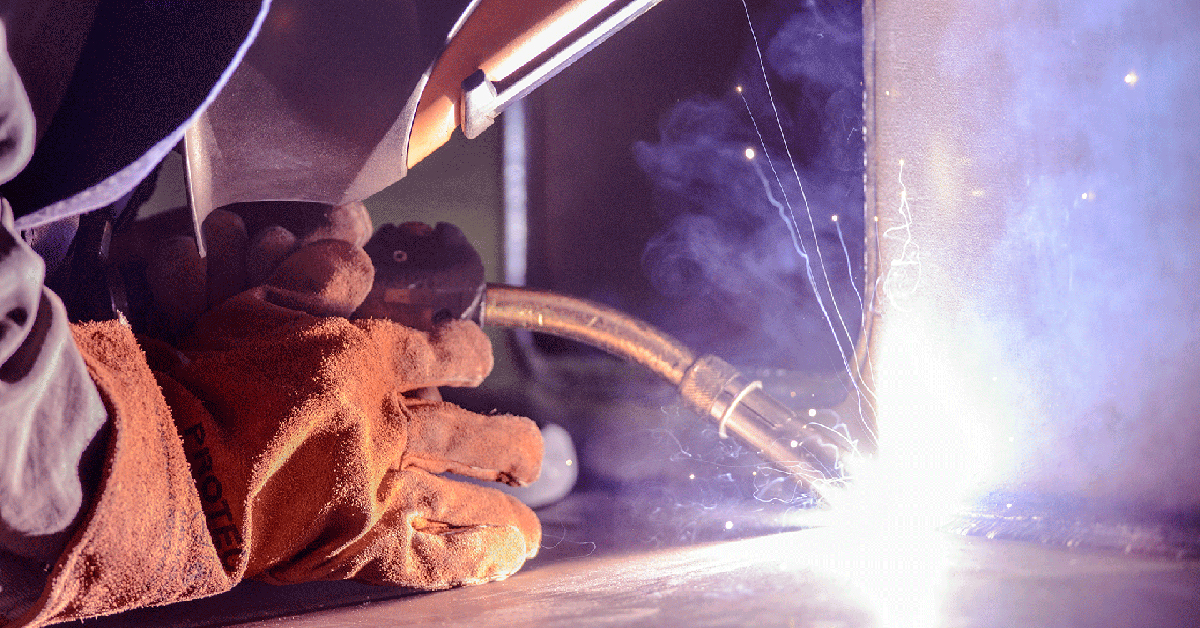Ideal Practices for Preventing Weld Undercut: Understanding the Fundamentals
Ideal Practices for Preventing Weld Undercut: Understanding the Fundamentals
Blog Article
A Comprehensive Guide to Identifying, Fighting, and Repairing Undercut Welding Problems in Your Welding Projects
In the world of welding, encountering undercut problems is a typical difficulty that can jeopardize the structural integrity and general high quality of your welding projects. Stay tuned as we discover the crucial elements of identifying, protecting against, and dealing with undercut welding troubles, giving you with useful insights and strategies to boost your welding skills to the following level.
Common Causes of Undercut Welding
Undercut welding, an usual problem in welding procedures, can be triggered by different elements that require to be thoroughly identified and dealt with to guarantee the honesty of the weld joint. One of the main sources of undercut welding is excessive heat input. When the welding criteria, such as voltage, present, or travel speed, are not properly set, an excessive amount of warm can be created. This excess heat leads to the melting and subsequent elimination of the base material along the sides of the weld joint, developing a groove referred to as undercut.
One more common reason of undercut welding is incorrect welding method. Determining these origin triggers and executing corrective measures is crucial in preventing and correcting undercut welding problems in welding tasks.
Identifying Undercut in Welds

To determine undercut precisely, appropriate illumination and zoom devices are vital to check the weld joint completely. Utilizing tools such as a welding scale or a magnifying glass can assist in identifying also the tiniest undercut blemishes. Additionally, running a finger or a fingernail along the weld joint can sometimes reveal undercut, as the surface area may feel irregular or have a dip where the undercut exists.
Safety Nets for Undercut
Having a deep understanding of the causes of undercut in welds allows for the application of effective preventative measures to keep weld high quality and honesty. These setups should be maximized to stop excessive warm input, which can lead to damage development.

Methods for Dealing With Undercut

To attend to undercut issues properly, welders can employ particular techniques focused on correcting the defect and recovering the honesty of the weld joint. One method is to readjust the welding specifications, such as the voltage, existing, and take a trip speed, to make sure proper warmth input and fusion. Increasing the welding present or reducing the traveling speed find more info can help fill in the undercut. Furthermore, changing the welding strategy from a push to a drag or vice versa can also assist minimize undercut.
Another method is to make use of a weaving motion while welding to make sure correct sidewall fusion and fill in the undercut. By oscillating the welding arc from side to side within the weld joint, the welder can deposit more filler product into the undercut areas, successfully removing the issue.
Furthermore, grinding out the undercut and rewelding the joint can be a feasible service for much more serious undercut problems - Preventing weld undercut. This process entails eliminating the undercut section, preparing the base steel, and after that rewelding the joint with proper welding specifications and techniques to prevent undercut from repeating

Professional Tips for Avoiding Undercut
Utilizing correct welding methods and keeping control over key welding parameters are crucial strategies for welders intending to avoid undercut in their weld joints. One expert pointer for staying clear of undercut is to make sure appropriate joint prep work. This entails cleansing the base steel completely to remove any kind of contaminants that can cause undercut formation. Furthermore, choosing the suitable welding procedure and filler steel for the particular application can aid protect against undercut. Welders must also pay close attention to the welding existing and voltage settings, guaranteeing they are within the suggested range to stay clear of overheating and prospective undercut. Preserving a consistent traveling speed throughout the welding process is one more vital tip to stop undercut. By moving at a constant pace, welders can ensure appropriate fusion and minimize the likelihood of undercut formation. Last but not least, checking the weld grain after completion can aid identify any kind of signs of undercut at an early stage, allowing for instant corrective action to be taken.
Final Thought
Finally, identifying, avoiding, and dealing with undercut welding issues in your welding tasks is important for ensuring long lasting and solid welds. Preventing weld undercut. By understanding the usual reasons of undercut, having the ability to recognize it in welds, applying Preventing weld undercut safety nets, and using appropriate methods for taking care of undercut, you can prevent potential issues and create top quality Web Site welds. Following expert suggestions for preventing undercut can assist you improve your welding skills and produce better cause your projects
Undercut welding, a common concern in welding procedures, can be triggered by different variables that need to be very carefully identified and addressed to make sure the stability of the weld joint. Furthermore, running a finger or a fingernail along the weld joint can sometimes reveal undercut, as the surface area may feel irregular or have a dip where the undercut exists.
Making use of correct welding strategies and preserving control over key welding criteria are critical strategies for welders intending to stop undercut in their weld joints.In final thought, identifying, protecting against, and taking care of undercut welding issues in your welding projects is critical for making sure strong and sturdy welds. By understanding the typical causes of undercut, being able to determine it in welds, executing preventive steps, and using proper techniques for repairing undercut, you can stay clear of potential problems and create top notch welds.
Report this page